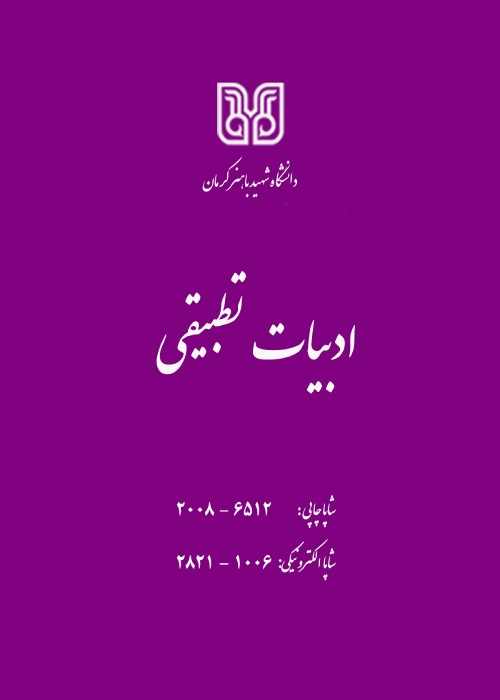A Comparative Study of Realism from the Perspective of Waltz and Ferdowsi
Realism is one of the most important and one of the oldest theories in political sciences and international relations. Attraction, objectivism, and on the other hand, closeness to conventional understanding in the analysis of political phenomena is the factor that has promoted and sustained this theory. The theoretical dominance of realism is such that intellectuals of international relations consider realism as the mainstream theory. (Griffiths, 1992:3). Waltz's theory of realism is based on four basic hypotheses: 1) Pessimism about human nature. 2) War is the final solution for settling the problems. 3) The security of the government and its survival is the most important goal. 4) The only way that is put forward for the governments is to increase power. (Jackson & Sorensen, 2015:chp3). Accordingly, realists emphasize the constraints of agents' corruption and the lack of supreme authority of the international system, which requires increased power and security. In Persian historical and literary texts, Ferdowsi can be considered as the closest intellectual to Waltz's realist approach. Shahnameh is an epic work in which the concepts of war, power and security are the most important words used. In addition the independence movements in the third and fourth centuries AH, that coincided with the rise of Feudalism and chaos caused by weak power structure of the Iranian monarchy, influenced the importance of realism in Ferdowsi's political thoughts. The main question of the research is to what extent is Waltz's theory of political realism compatible with Ferdowsi's political thought? With regard to the main question of the research, it is hypothesized that considering the events and political disorders in Ferdowsi’s era, Hakim Toos has expressed his political-theoretical views on the need to increase power and ensure security in Iran, through using the anecdotes and legends of his predecessors, which is compatible with the main political realistic Hypotheses of Waltz.
This article uses the "Content Analysis" method; Because this method is useful for orderly, objective and quantitative description of communication content. Sampling of sources is purposeful and is done with a theoretical framework that is based on key words such as government, power, hierarchical structure, rationality and war in Kent Waltz’s theoretical realism framework.
In the turbulent internal conditions and the cultural and identity collapse of Iran in the Ferdowsi era, he was able to offer an appropriate answer and a favorable plan for the future of Iranian identity by epic and paying attention to the main elements of the political reality. By dealing with epics and wise advices, he gathered the behavior of the heroes and even their defeats and victories into a system of political thought. In addition, the concepts that can be extracted from the myths mentioned in Shahnameh are to build a desirable society in order to unite the Iranian government and prevent the collapse of this historical-cultural-political system. Iranian mythology represents the mental structures left over from ancient Iran and Ferdowsi's attempts to elevate the value of these structures in his time to create a powerful and free-standing Iran in the framework of a political school that the authors consider close to political realism in international relations theories. The authors believe that Shahnameh is a strong theoretical structure that, in the shade of stories and philosophies, expresses Ferdowsi's desirable political system in order to portray a powerful and famous Iran for future generations.
Although Waltz's realism can be identified in many schools, the central concepts in his political thought are key concepts such as human nature, power, war, the structure of the international system, and rationality. Although some approaches place more emphasis on each of these concepts and theoretically explain political events from that perspective, they all owe much to his philosophical view of the nature of human existence and nature. Regarding Ferdowsi's political thought, due to the geographical conditions, the unfavorable situation of national and religious culture, the rule of Feudalism and the growing weakening of Iranian power and identity under the rule of Sultan Mahmoud Ghaznavi, Ferdowsi's greatest concern about the political future was a single entity called Iran. Accordingly, in long fictional systems and mythical and historical metaphors, he expresses his political thought, which is closest in meaning to the philosophical approach of political realism.
- حق عضویت دریافتی صرف حمایت از نشریات عضو و نگهداری، تکمیل و توسعه مگیران میشود.
- پرداخت حق اشتراک و دانلود مقالات اجازه بازنشر آن در سایر رسانههای چاپی و دیجیتال را به کاربر نمیدهد.


